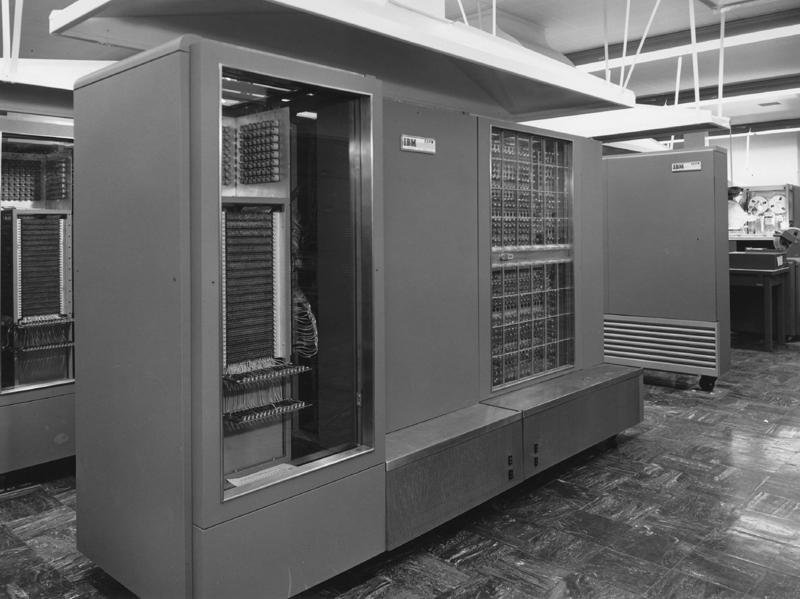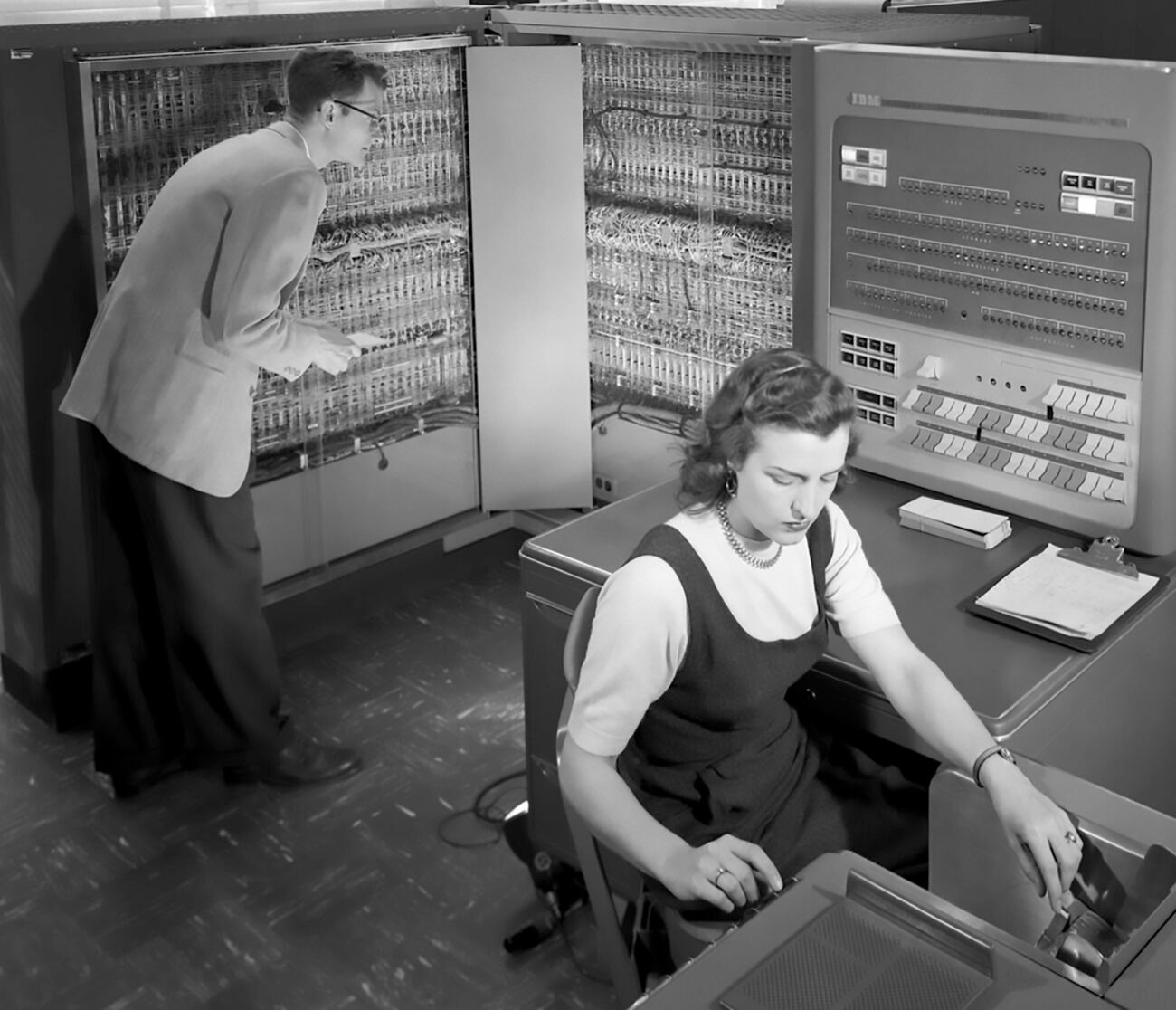Before “artificial intelligence” even had a name, Allen Newell, Herbert A. Simon, and programmer Cliff Shaw were already trying to make machines reason like mathematicians. Their creation—the Logic Theorist—would quietly become the first program deliberately engineered to perform automated reasoning, a proof-of-concept that symbolic processing could rival human insight.
From RAND Corridors to a Revolutionary Idea
Newell and Simon met as consultants at the RAND Corporation in Santa Monica, where military logistics and decision-making studies intersected with nascent computing. Frustrated by rote number-crunching, they wondered whether a computer might tackle abstract problems instead. In early 1955 they sketched an approach, then teamed up with Shaw—RAND’s resident coding wizard—to translate their logic into Information Processing Language (IPL), a precursor to modern list-processing languages. Their first technical description, RAND report P-868 (“The Logic Theory Machine,” June 15 1956), laid out the architecture in just under twenty pages.
Heuristics over Exhaustive Search
Running on RAND’s JOHNNIAC computer—a vacuum-tube behemoth patterned after von Neumann’s architecture—the Logic Theorist explored proof trees not by brute force but by heuristic search. It worked backward from a goal theorem, selecting promising branches using rules Simon called “methods of plausible reasoning.” This was a radical shift: most contemporary programs followed predetermined, linear algorithms, whereas LT made context-dependent choices that mirrored human problem-solving strategies.

Out-Proving Principia Mathematica
In its public debut the program attacked Principia Mathematica, the formidable logic treatise by Whitehead and Russell. LT successfully derived 38 of the first 52 theorems in Chapter II—and, in one celebrated case (Theorem 2.85), discovered a proof that was two steps shorter than the original human version. Newell and Simon joked that the machine had achieved a “proof of elegance,” but philosophically the feat hinted that creativity could emerge from symbol manipulation alone.
A Quiet Star at the Dartmouth Conference
When John McCarthy convened the 1956 Dartmouth Summer Research Project on Artificial Intelligence, Newell and Simon attended the opening weeks armed with printouts of their program’s achievements. Although the Logic Theorist did not dominate headlines, its success convinced attendees that reasoning itself could be mechanized, shaping the ambitious conference manifesto that “every aspect of intelligence” might one day be simulated.
Seeding Symbolic AI
The program’s internal design introduced concepts still familiar in AI courses:
- State-space search with pruning heuristics
- Production rules expressed in a list-processing language (IPL)
- Goal-directed reasoning versus forward enumeration
These ideas became the backbone of “symbolic AI,” influencing everything from the General Problem Solver (GPS) to expert systems of the 1980s and today’s automated theorem provers like Coq and Lean. LT also demonstrated that explaining how a system reached a conclusion (its proof trace) could be as valuable as the answer itself—an early nod toward the explainability debates now surrounding deep learning.
Beyond Mathematics: A Cognitive Blueprint
Herbert Simon later reflected that seeing LT’s output scroll across a teletype was “like witnessing a baby birth of thought.” The experience propelled him and Newell to propose a bold hypothesis: human reasoning is information processing, and therefore cognitive psychology could be studied with computer models. That insight launched the field of cognitive science and earned Simon a Nobel Prize decades later for work on decision-making.
Conclusion
The Logic Theorist was more than a clever proof generator; it was a declaration that symbols, search, and heuristics form a viable recipe for machine intelligence. Its 1956 proofs laid the practical and philosophical groundwork for AI long before neural networks captured headlines. Whenever modern systems manipulate formal logic, generate code, or explain their reasoning, they echo the pioneering spirit of a vacuum-tube computer in RAND’s basement—quietly rewriting a page of Principia Mathematica and, with it, the future of thinking machines.

